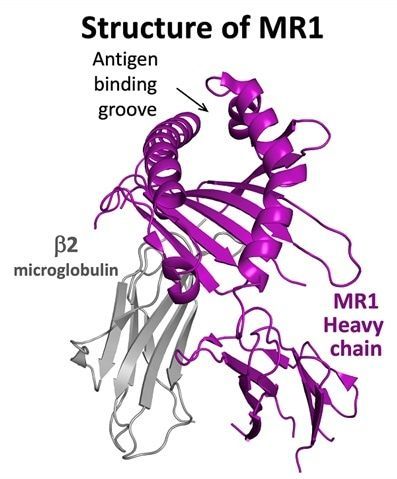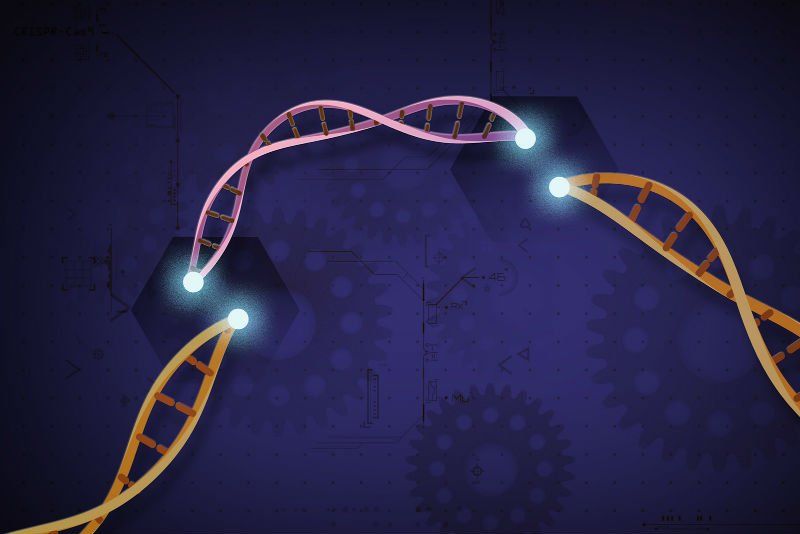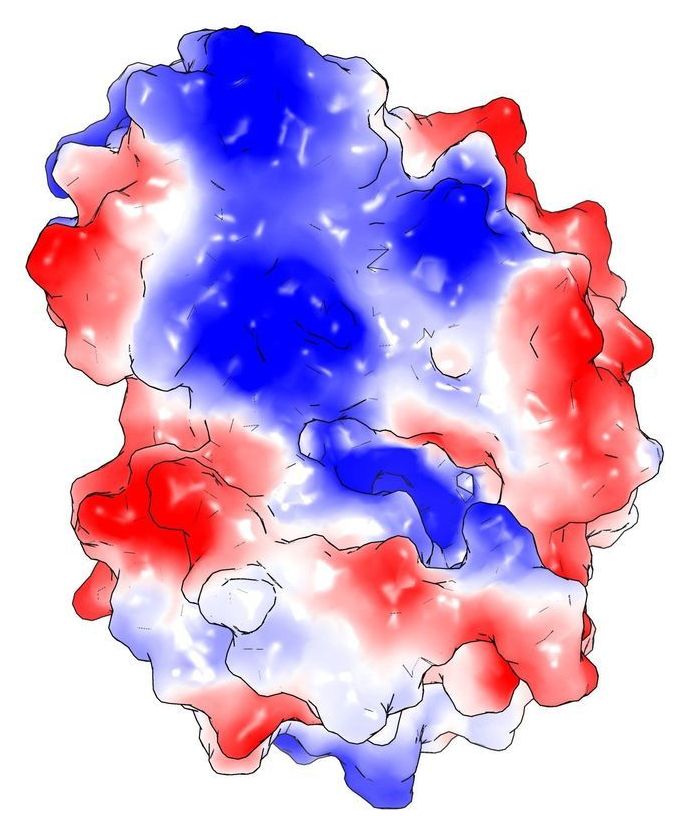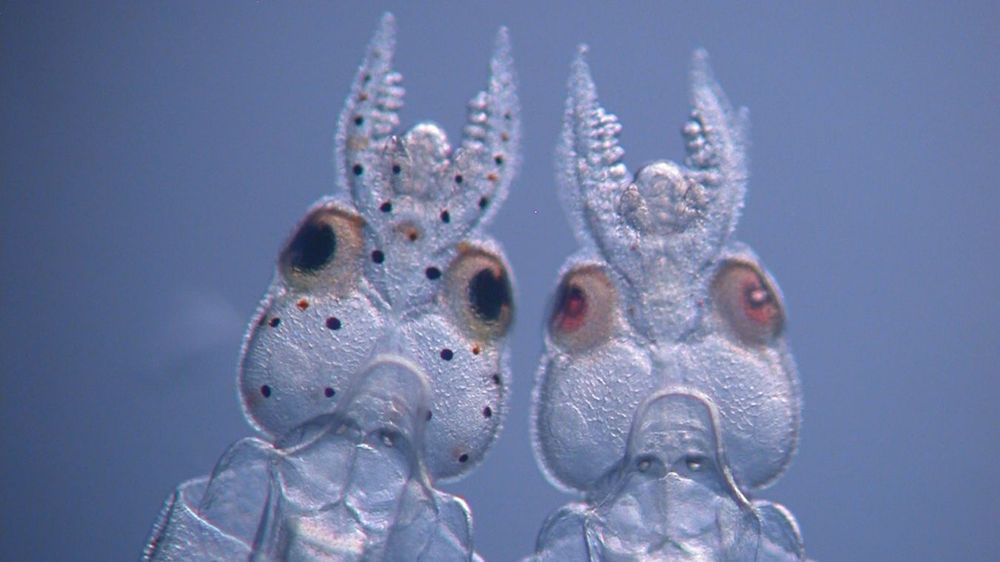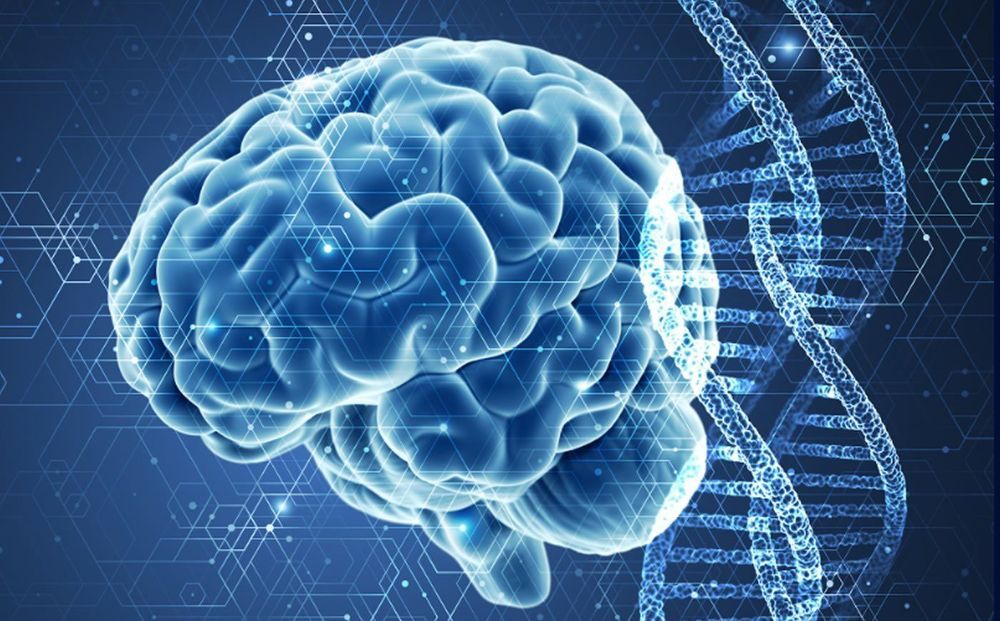Within a mere eight years, CRISPR-Cas9 has become the go-to genome editor for both basic research and gene therapy. But CRISPR-Cas9 also has spawned other potentially powerful DNA manipulation tools that could help fix genetic mutations responsible for hereditary diseases.
Researchers at the University of California, Berkeley, have now obtained the first 3D structure of one of the most promising of these tools: base editors, which bind to DNA and, instead of cutting, precisely replace one nucleotide with another.
First created four years ago, base editors are already being used in attempts to correct single-nucleotide mutations in the human genome. Base editors now available could address about 60% of all known genetic diseases—potentially more than 15,000 inherited disorders—caused by a mutation in only one nucleotide.
